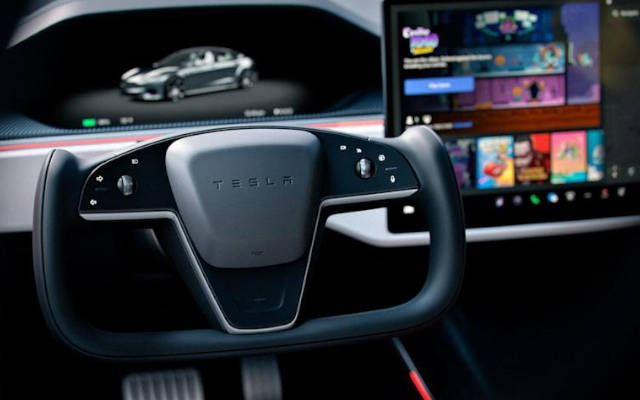Which Car Has the Most Software-Defined Features in 2025?

SDV-heavy cockpit of Tesla EV
By EVWorld Si Editorial Team
The race to build the most advanced software-defined vehicle (SDV) is heating up. Automakers worldwide are moving beyond traditional hardware-first cars to platforms where software defines features, upgrades, and even long-term value. Here’s a look at who leads today and what it means for drivers.
Leaders in Software-Defined Vehicles
Tesla (Model 3, Model Y, and others)
Tesla remains the benchmark. Its cars are engineered around a vertically integrated software stack that supports frequent over-the-air updates. New features—from efficiency improvements to driver-assist updates—arrive routinely. Tesla’s AI training infrastructure and massive fleet data give it a head start in real-time learning and feature evolution.
BYD (God’s Eye-equipped lineup)
China’s BYD is catching up quickly. Its “God’s Eye” driver-assist system, built on the Xuanji centralized software platform, now spans models from budget EVs like the Seagull to premium Denza vehicles. With built-in 5G, satellite links, and AI integration, BYD is democratizing advanced SDV features at scale.
Mercedes-Benz (S-Class W223 and MB.OS)
Mercedes is rolling out its custom MB.OS architecture, starting with luxury flagships. The S-Class W223 already supports limited Level 3 autonomous driving in certain markets, along with OTA updates. By adopting zonal computing and centralized platforms, Mercedes is making its future lineup fully SDV-ready.
BMW iX
The BMW iX demonstrates how legacy automakers are adapting. With a high-performance computing platform, built-in 5G, and continuous OTA expansion, it sets the stage for higher levels of autonomy. BMW is betting on digital-first ownership experiences.
Hyundai Motor Group
Hyundai, Kia, and Genesis are transitioning their entire lineup to SDVs by 2025. Expect OTA updates, Feature-on-Demand services, and domain-centralized computing across all brands, making Hyundai one of the most ambitious movers in this space.
Who Leads Today?
As of now, Tesla offers the most mature SDV experience thanks to its robust update system, AI-driven development, and complete software control. But BYD is the rising challenger, especially with its ability to bring SDV features to the mass market. Mercedes-Benz remains the luxury innovator, while BMW and Hyundai are pushing aggressively to catch up.
Quick Comparison
| Brand | Model/Platform | Key SDV Features |
|---|---|---|
| Tesla | Model 3 / Y (and others) | OTA updates, AI-driven improvements, integrated software ecosystem |
| BYD | Seagull, Denza N7, others | “God’s Eye” system, Xuanji central architecture, 5G, AI support |
| Mercedes-Benz | S-Class W223, MB.OS rollout | Level 3 autonomy, OTA updates, zonal computing |
| BMW | iX | High computing power, OTA, built-in 5G, autonomy-ready |
| Hyundai Group | Kia, Genesis, Hyundai lineups | OTA updates, FoD services, centralized architecture (2025) |
Conclusion
If you want the most advanced SDV features today, Tesla still leads. But BYD is closing the gap fast, especially in making SDVs mainstream. Mercedes, BMW, and Hyundai are building strong contenders that will make the next few years a defining moment in automotive technology.
Articles featured here are generated by supervised Synthetic Intelligence (AKA "Artificial Intelligence").
